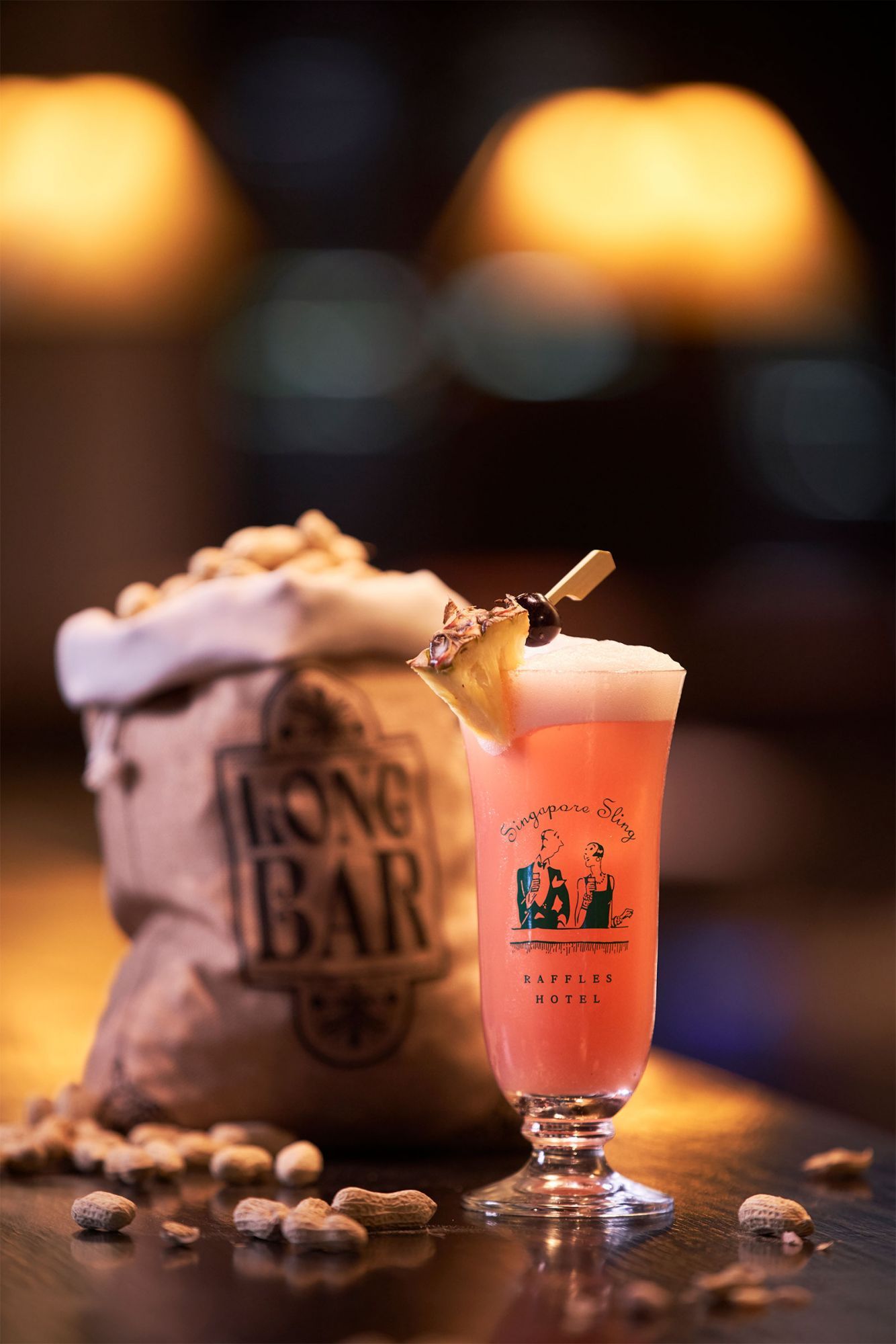How many Singapore Sling cocktails can five hotel guests drink in two hours? Raffles Hotel Singapore’s resident historian Leslie Danker, who recently released a new memoir of his 48-year career with the grande dame, has the answer.
Of all his encounters with famous celebrities and royals who have stayed at the Raffles Hotel Singapore, Leslie Danker’s meeting with Queen Elizabeth II in 2006 will forever be etched in his memory. “I have always admired the Queen of England,” he shares via email. “I remember greeting her with a bow and saying that her first visit to Singapore in 1972 was the year I joined the Raffles Hotel, to which she replied, ‘That is great!’—three words that will always be special to me.”
That year, Danker joined the hotel as a maintenance supervisor, and over the next five decades, worked in various departments including F&B operations and guest relations. In 2004, he was appointed the hotel’s resident historian, a position he has held since.
Related: 5 Reasons To Check Into The Prestige Hotel In Georgetown, Penang
His encounter with the queen is one of the many interesting anecdotes that Danker can offer guests—and aptly so, given his 48-year career at the hotel. Being the longest-serving employee, the 81-year-old is the hotel’s walking encyclopedia and also mentor to its next generation of historians.
To mark the grande dame’s 133rd birthday, Danker recently released A Life Intertwined, a follow‑up to Memoirs of a Raffles Original, which was published in 2010. In celebration of its launch, the hotel introduced the Reflections of Raffles package, which also includes a trishaw tour around the hotel detailing the locations mentioned in the new book.
Danker shares five lesser-known facts about the icon on Beach Road as highlighted in his book:


